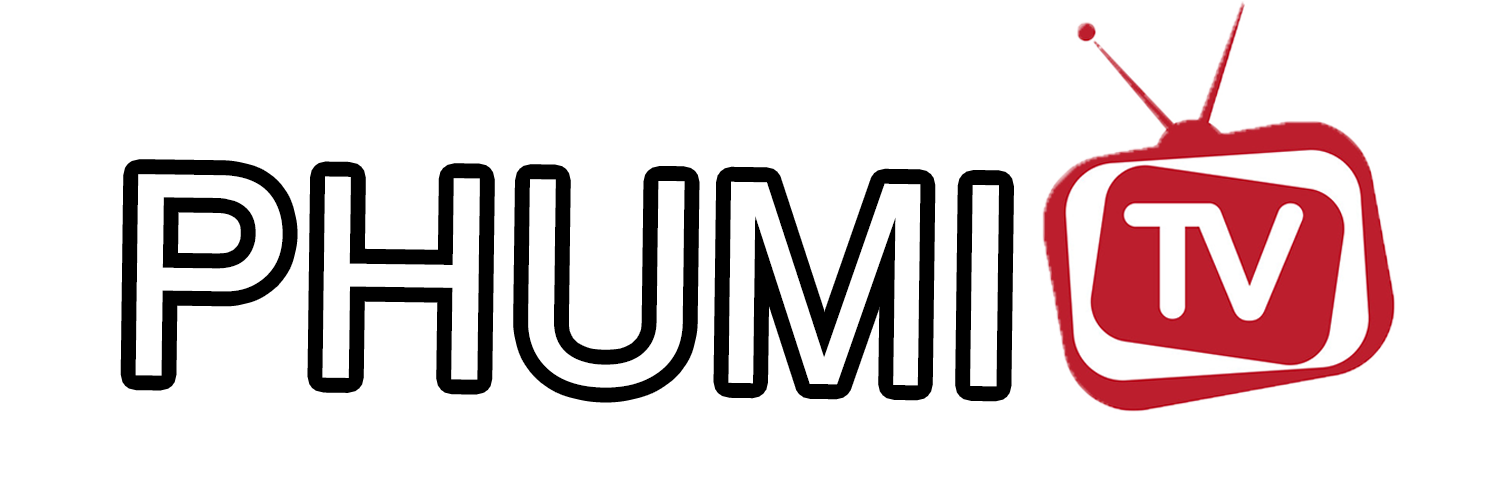1. Widow's Peak
Often hereditary, a widow's peak is a distinctive V-shaped hairline. Contrary to common opinion, it probably has no more significance than wavy hair or a cleft chin. This feature is uncommon, according to research. A widow's peak was not present in 67% of the population under observation, although it was in 33% of the cases. This demonstrates how this trait is influenced by genes, age, and gender.
2. Letter X
Only a select few people have a strange mark. Only 3% of people worldwide have the letter "X" on their hands, according to statistics. On your palm, it is situated in the space between the two curved horizontal lines.
3. The photic sneeze reflex
4. Basic anisocoria
5. Deltrocardia
6. Different fingerprints kinds.
There is a subsection for each of them. Radial circles and ulna lines are used to divide threads. On the side closest to the thumb, peripheral circuits enter and exit the finger. It is possible to build plain (defined as having ridges that are flat or just have a little peak) or tented arches. Simple whorls and a raised center pocket are also possible, frequently together with a smaller whorl design.
7. Insect iris coloboma
8. The Outie Belly Button
Outie belly buttons like a knot sticking out of the skin. It often occurs when there is extra skin left over after the umbilical cord has been severed, leaving more when it dries. An umbilical hernia is a condition that occasionally results in it. However, become adults, only around 10% of them still have it.
There are certain persons who lack a belly button. This could be the result of surgery or an odd way the belly button developed (or didn't form). This may be brought on by a rare disorder called bladder exstrophy. A person's bladder may protrude from their stomach as a result. Due to the difficulty, a newborn has to hold urination, surgery is necessary.
9. Just one fold in the palm
A single line that spans the palm of the hand is referred to as a single palmar wrinkle. Most people's hands are folded three times. Only 1.5% of people, however, have a single line. Men are twice as likely as women to possess this characteristic, which also tends to run in families.
10. A cleft palate
If you are born with a cleft chin or not, is determined by your genes. It is more probable that you will get it if other family members already do. A prenatal indentation that distinguishes cleft chins. It takes place when the kid is still in the womb and the lower jaw's two sides don't entirely fuse together. However, except for the dimple, this doesn't produce any additional symptoms.










